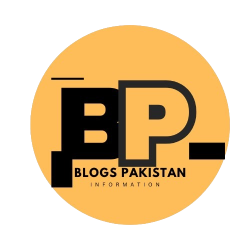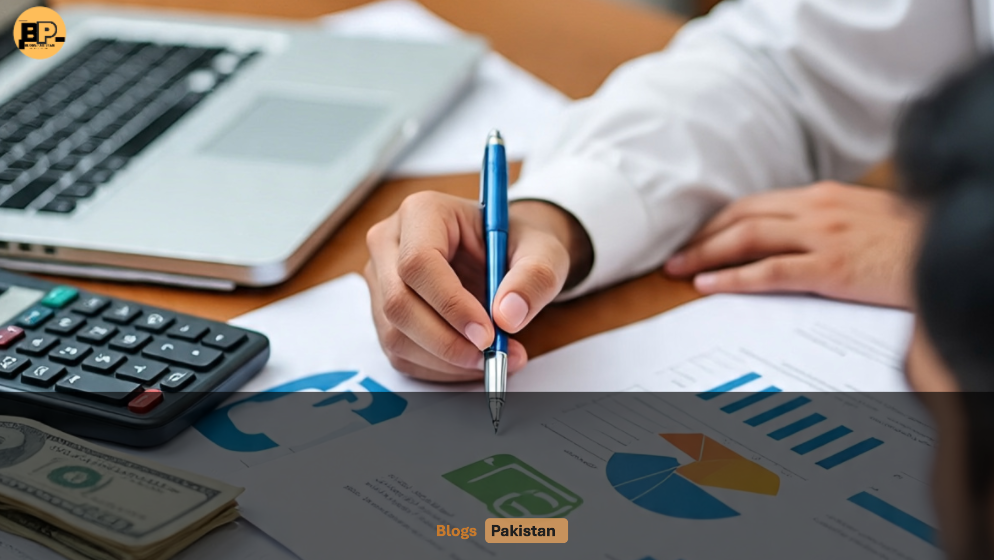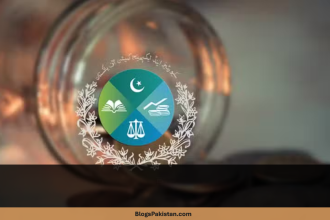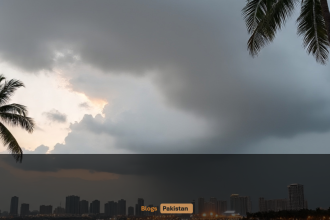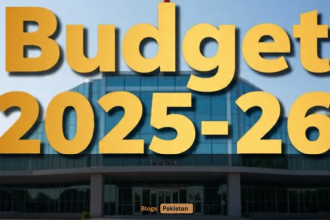Brace yourselves, folks—Pakistan’s Budget 2025-26 is here, and it’s packing some major financial punches. The government is rolling out new taxes worth a staggering Rs700 billion, but before you panic, there’s also some tax relief worth Rs200 billion to soften the blow.
So, what’s changing? Who’s getting hit the hardest? And is there any silver lining? Let’s break it all down in simple, digestible chunks—because let’s be real, budget speeches can be yawn-inducing.
Budget 2025-26 at a Glance
Finance Minister Muhammad Aurangzeb just dropped the budget in the National Assembly, and here’s the TL;DR version:
- New taxes: Up to Rs700 billion (yikes!)
- Tax relief: Rs200 billion (phew!)
- GDP growth target: 4.2% (ambitious, but let’s see)
- Current account deficit: $2.1 billion (-0.5% of GDP)
- Development budget: Rs4,223 billion (roads, schools, hospitals—hopefully!)
Now, let’s get into the real talk—how will this affect your wallet?
The Big Tax Shake-Up: What’s Changing?
1. Higher GST on Cash Transactions (RIP Cash Buyers)
If you’re someone who loves paying in cash, bad news—the government is not a fan.
- Card/ATM payments: 18% GST (same as before)
- Cash payments: 20% GST (ouch!)
What does this mean?
- Buying a phone, clothes, or groceries in cash? You’ll pay more.
- The government wants to discourage cash transactions (hello, digital Pakistan!).
2. Extra Rs2 per Litre on Petrol & Diesel (If You Pay Cash)
Yes, you read that right. If you pay for fuel in cash, be ready to shell out an extra Rs2 per litre.
- Digital payments? No extra charge.
- Cash payments? Rs2/litre penalty.
Why?
- Encourage digital payments (less black money, more transparency).
- Boost tax collection (because, let’s face it, Pakistan needs the cash).
3. FBR’s Big Tax Target: Rs1,200 Billion
The Federal Board of Revenue (FBR) isn’t messing around—they’re aiming to collect Rs1,200 billion through new tax measures.
- More scrutiny on businesses? Probably.
- Tighter tax enforcement? Definitely.
The Silver Lining: Rs200 Billion in Tax Relief
Okay, it’s not all doom and gloom. The government is also offering Rs200 billion in tax relief.
Who Benefits?
- Low-income groups? Likely.
- Small businesses? Hopefully.
- Salaried individuals? Fingers crossed.
Details are still fuzzy, but expect some exemptions or reduced rates for certain sectors.
Development Budget: Where’s the Money Going?
The government has allocated a whopping Rs4,223 billion for development projects. Here’s the breakdown:
- PSDP (Public Sector Development Programme): Rs2,869 billion (big infrastructure projects)
- Federal ministries & divisions: Rs682 billion (education, health, etc.)
What to expect?
- New roads, bridges, and power projects? Hopefully.
- Better schools and hospitals? We can dream.
GDP Growth Target: 4.2% – Realistic or Wishful Thinking?
The government is aiming for 4.2% GDP growth—a bold move, considering Pakistan’s economic challenges.
Can it happen?
- If exports rise, inflation cools, and industries grow—maybe.
- If political instability continues—probably not.
What Does This Mean for the Average Pakistani?
For Salaried Individuals:
- Higher GST on cash purchases = Time to start using cards.
- Possible tax relief = Maybe a small breather.
For Business Owners:
- Stricter tax enforcement = Fewer loopholes.
- Digital transactions encouraged = Less cash, more records.
For Daily Wage Earners:
- Fuel price hike (if paying cash) = Another burden.
- Hopefully, some relief measures = Fingers crossed.
Final Verdict: Good Budget or Bad Budget?
Pros:
✔ More development spending (if used wisely).
✔ Encourages digital payments (less black money).
✔ Some tax relief (better than nothing).
Cons:
❌ Higher taxes (obviously).
❌ Cash users penalized (tough for small vendors).
❌ Inflation risks (if businesses pass on costs).
